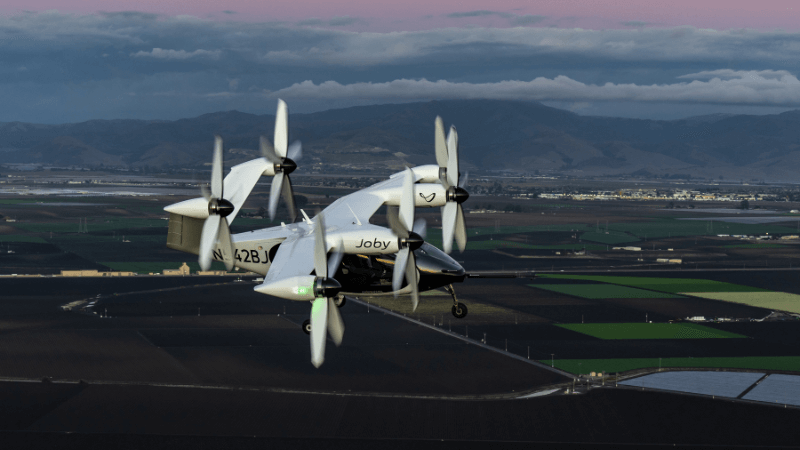

Image Courtesy: Joby Aviation
Joby Aviation is a familiar name in the eVTOL industry. Among its many achievements is reaching the third of five stages in the FAA certification process. While it’s not the only eVTOL company to be going through this process, it’s arguably one of the biggest companies to do so.
Perhaps a more important point is that Joby has started the certification process in Australia, which could lead to it being one of the first eVTOL companies to provide services in the country. Below, we’ll look at how it plans to do this and what it’ll mean for the future of the industry.
In early August, Joby announced it had begun the process of applying for aircraft certification in Australia. Certification is issued by the Australian Civil Aviation Safety Authority (CASA) – the country’s equivalent of the US’s FAA. Helpfully for Joby, the two countries have a bilateral agreement for aviation certification.
Referred to as “type certification validation”, the agreement essentially ensures automatic approval for Joby’s aircraft once it has completed FAA certification. CASA recognises the FAA’s certification process, leading to a far smoother entrance procedure into the Australian market.
The need for certification is fairly clear. From a practical perspective, it ensures that the physical aircraft, as well as its software and functional procedures, are all considered safe for public operation. This, in turn, can affect everything from business insurance to public perception and popularity.
Currently, any entry into the Australian market is conditional because it hinges on FAA approval. Although this isn’t guaranteed, there is currently no evidence to suggest Joby will be up against any considerable hurdles in the remaining stages of the approval process.
In Australia itself, Joby’s next steps will likely focus on looking for gaps in the market where it can serve a sufficient audience. For example, it might not have as many obvious uses in Australia compared to America because of the differences in population size and density compared to its aircraft’s range. Australia’s population density is 3.4 per square km, whereas America’s is 35.2.
Australia isn’t drastically smaller than America, yet its population is far lower. As such, Joby may have a more limited rollout in Australia, simply because there won’t be as many viable routes available. On the other hand, it may identify far more viable routes between rural and more urban areas due to this sparse population distribution.
Regardless, Joby has stated it is working with Australian authorities to leverage existing CASA frameworks around powered lift operations. Combined with the bilateral agreement, it should mean that its entrance into the Australian market will be fairly smooth once it has FAA authorisation.
Having automatic certification in Australia takes a lot of the stress out of the process for Joby. This could have major advantages for the company because it’ll allow for quick access to a completely open market, giving it a significant advantage over its competitors. It will be able to leverage similar agreements with Japan and the UK, meaning that once it has FAA approval, numerous countries are wide open for Joby.